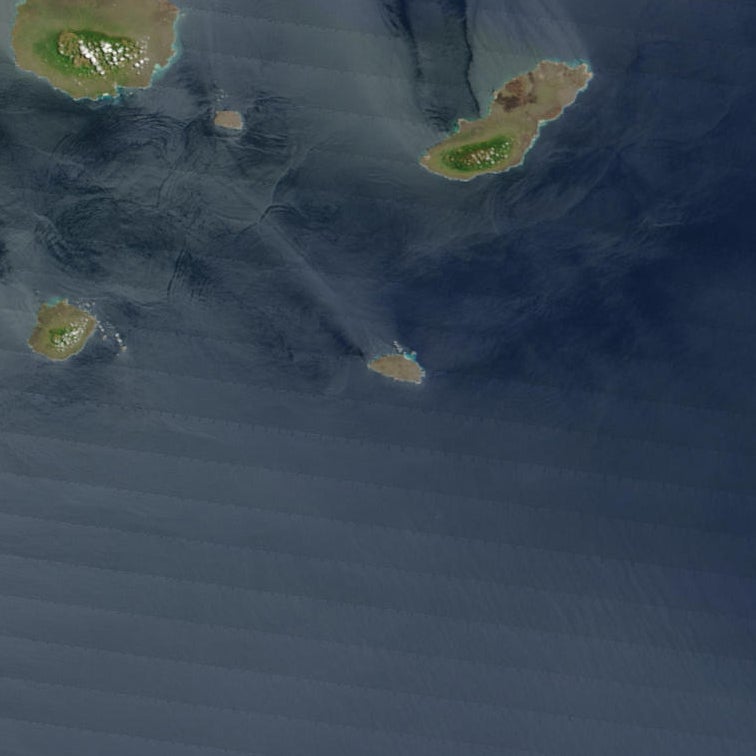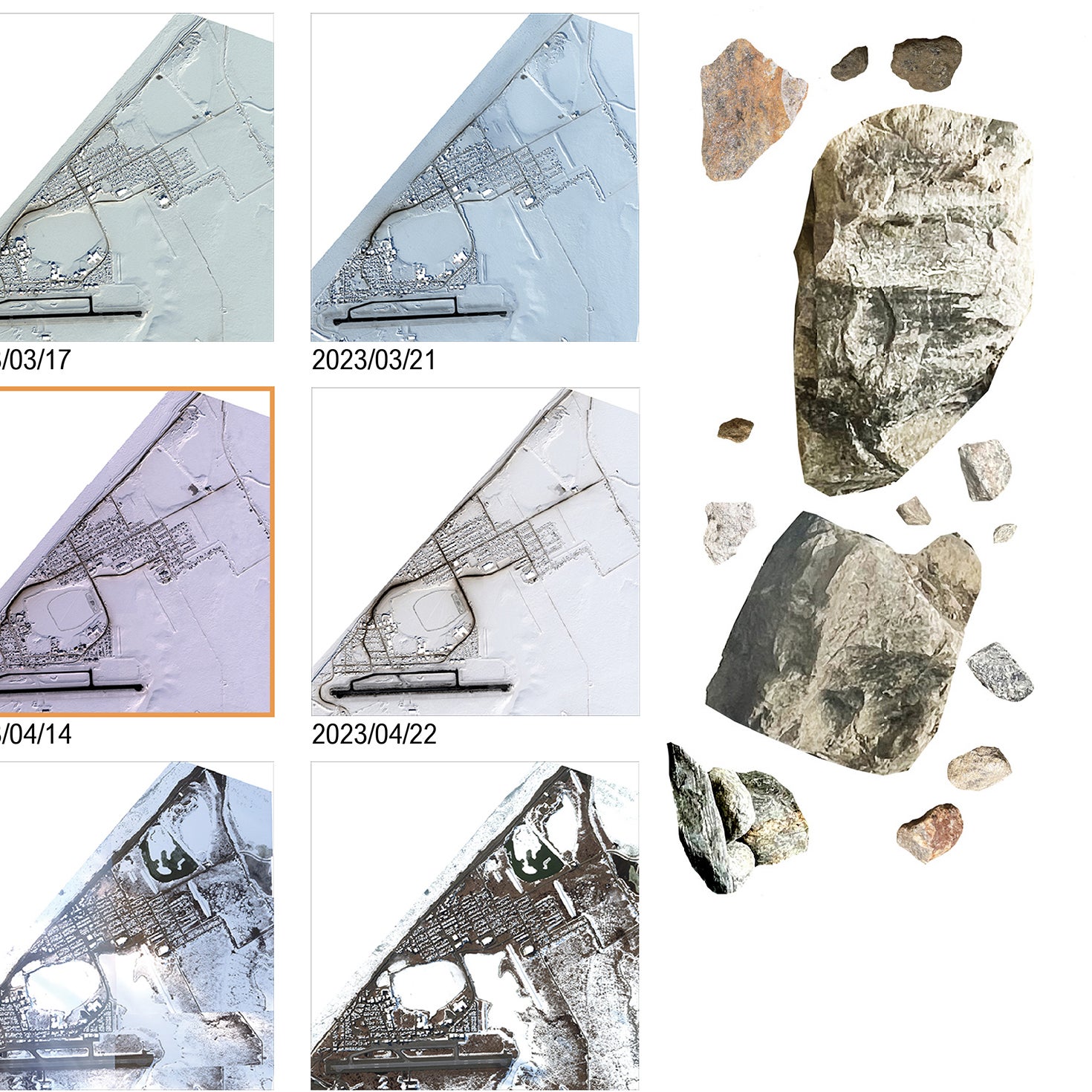
The A-School's Cho and Jull selected for ACSA Faculty Design Award
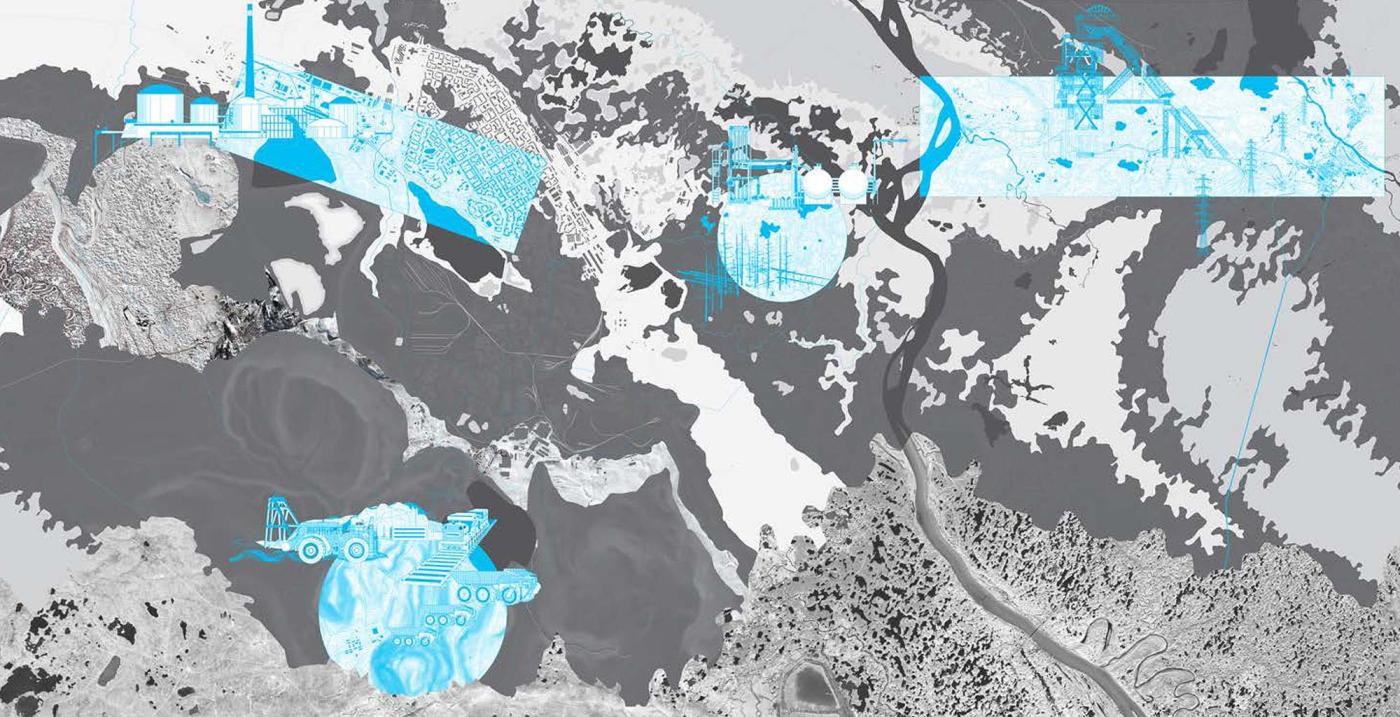
Each year, The Association of Collegiate Schools of Architecture (ACSA) honors architectural educators for exemplary work in areas such as building design, community collaborations, scholarship, and service as part of their annual Architectural Education Award Program. Award winners inspire and challenge students, contribute to the profession’s knowledge base, and extend their work beyond the borders of academy into practice and the public sector.
This year, the UVA School of Architecture's Leena Cho (Associate Professor, Landscape Architecture) and Matthew Jull (Associate Professor, Architecture), along with project partners Mason White (Professor, University of Toronto), Lola Sheppard (Professor, University of Waterloo), and Kearon Roy Taylor (Lecturer, University of Toronto) were selected to receive a Faculty Design Award for "Contested Circumpolar: Domestic Territories".
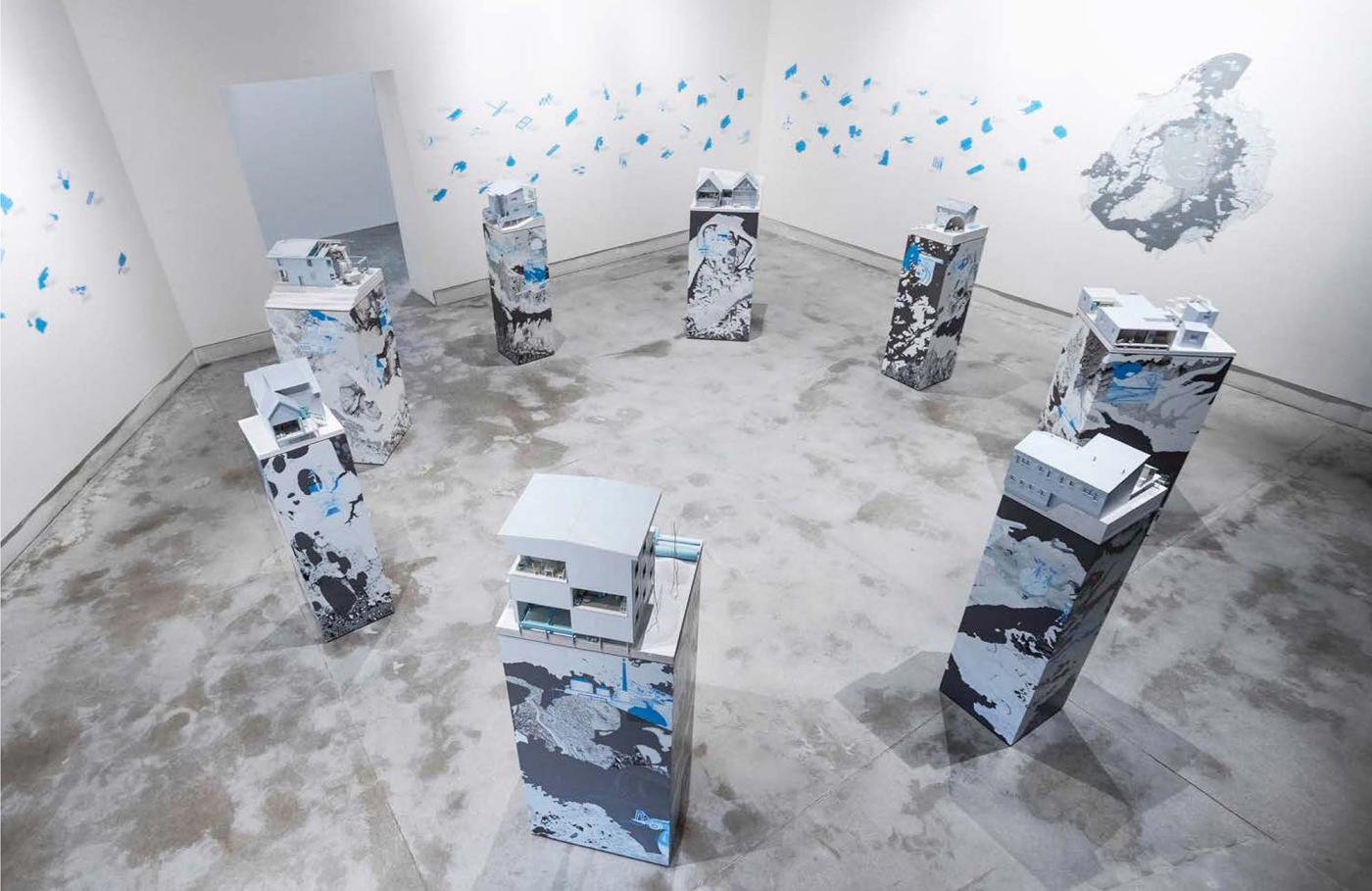
The ACSA Faculty Design Awards provide a venue for work that advances the reflective nature of practice and teaching by recognizing and encouraging creative design and design investigation in architecture and related environmental design fields and by promoting work that expands the boundaries of design through, for example but not limited to, formal investigations, innovative design process, addressing justice, working with communities, advancing sustainable practices, fostering resilience, and/or centering the human experience.
Project Abstract:
Claimed by the eight Arctic nations—Canada, Finland, Greenland, Iceland, Norway, Russia, Sweden, United States—while also being the native territory to numerous Indigenous peoples, the Arctic embodies a complex, contested space in the 21st century. Territorial claims, resource extraction, climate change, and ongoing colonialism reflect the range of ways in which inhabitation has been imposed and negotiated in the last 100 years. Simultaneously, stories of daily life of inhabitants who call the Arctic home further reflect a richly heterogeneous cultural landscape at the forefront of accelerated transformations.
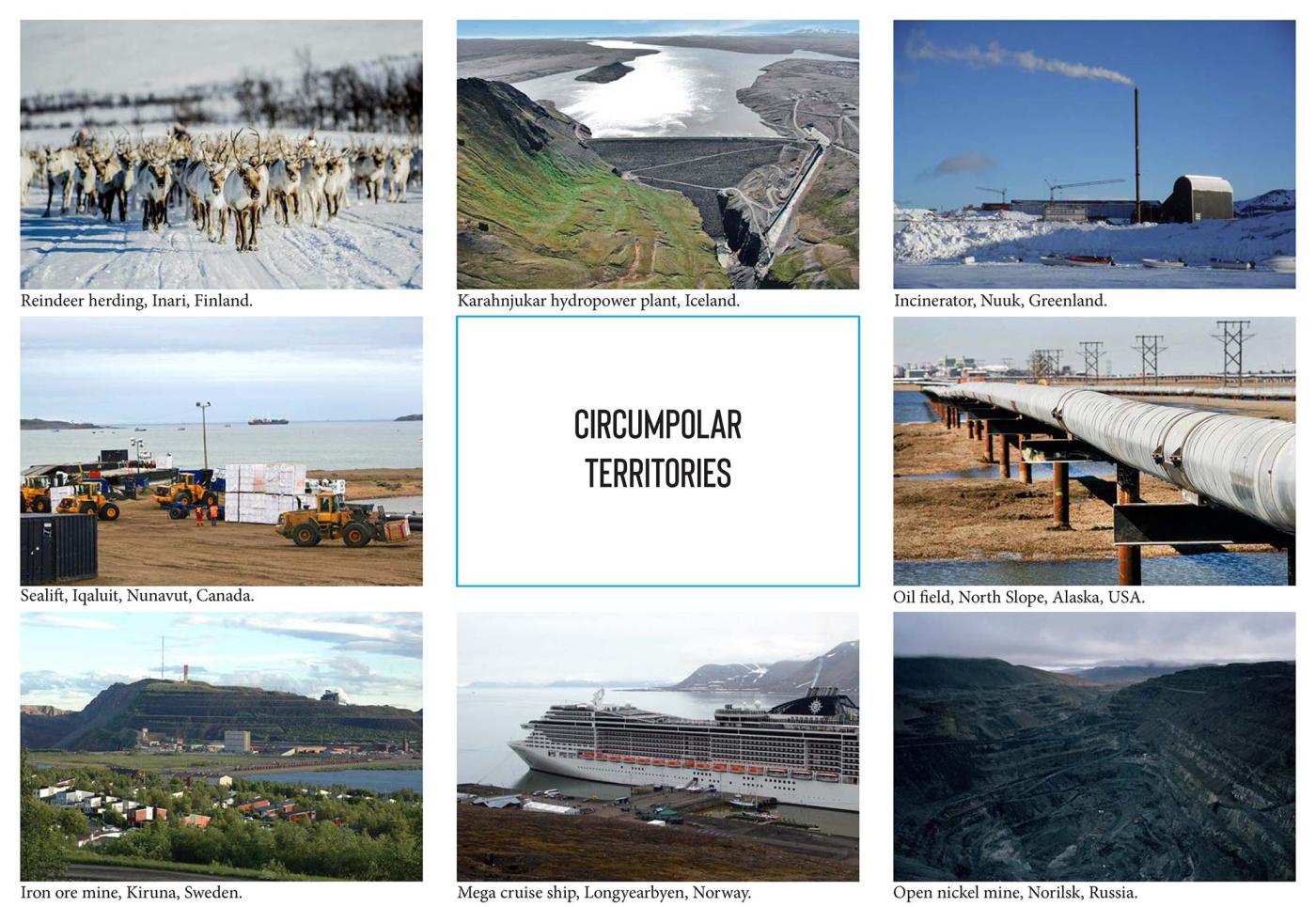
“Contested Circumpolar: Domestic Territories” presents eight narratives of inhabitation from each Arctic nation that reveals deep and complex connections between domestic space and the larger territory. The installation situates domestic life entangled with broader sociocultural, economic and geopolitical forces. It is presented as “core samples” capturing place-specific domestic-territorial linkages that are also emblematic of collective matters of concern in the Arctic. A series of rooms within each house juxtaposes the distinct artifacts and architectures of domestic life, while the territorial narratives on the underlying cores expose the interlinked far-flung contexts that give shape to these domestic scenes.
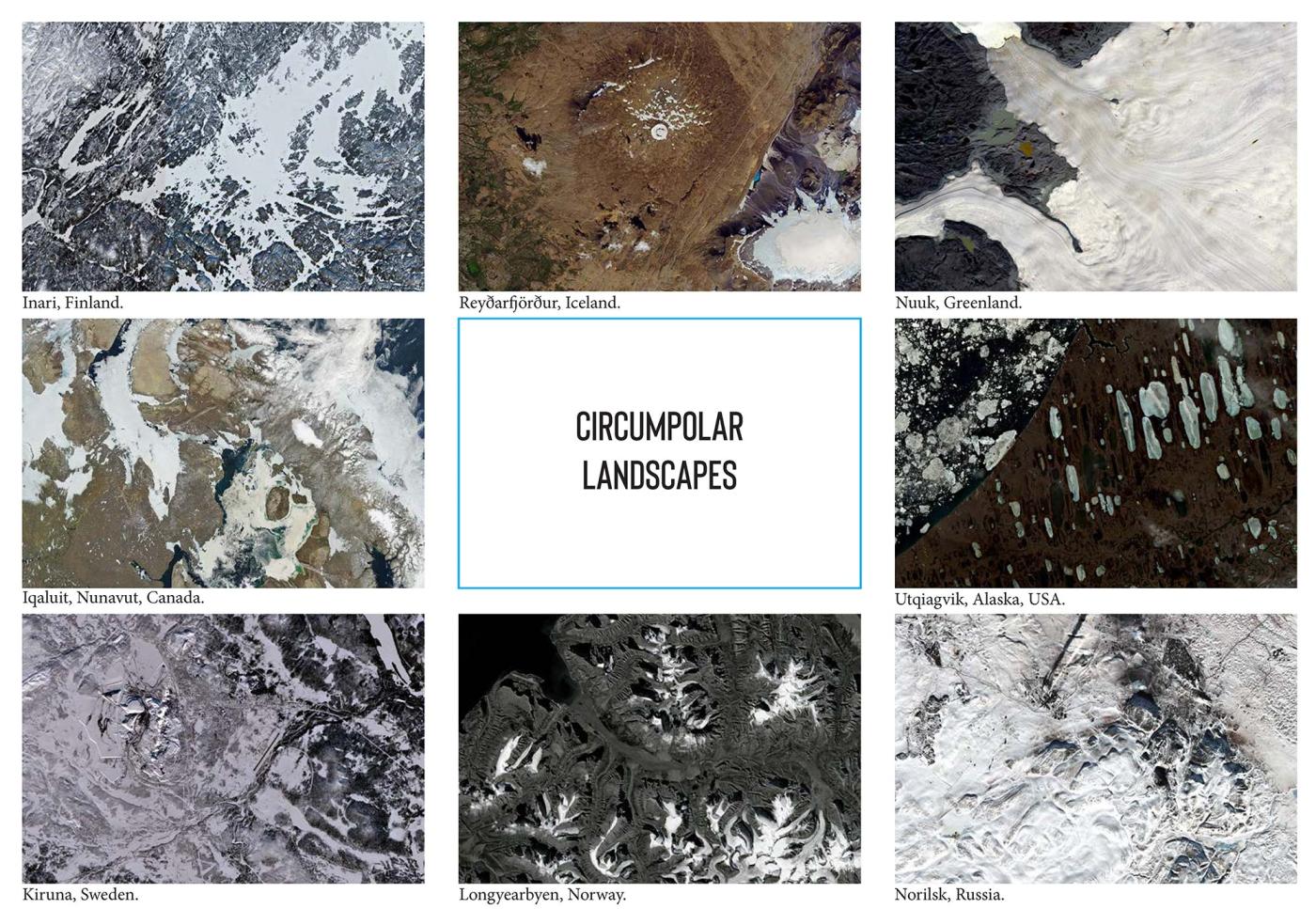
From mold to mines, from rooms to regions, circumpolar domestic space represents the frontline of transnational politics, Indigenous self-determination, and radical socio-environmental adaptation.
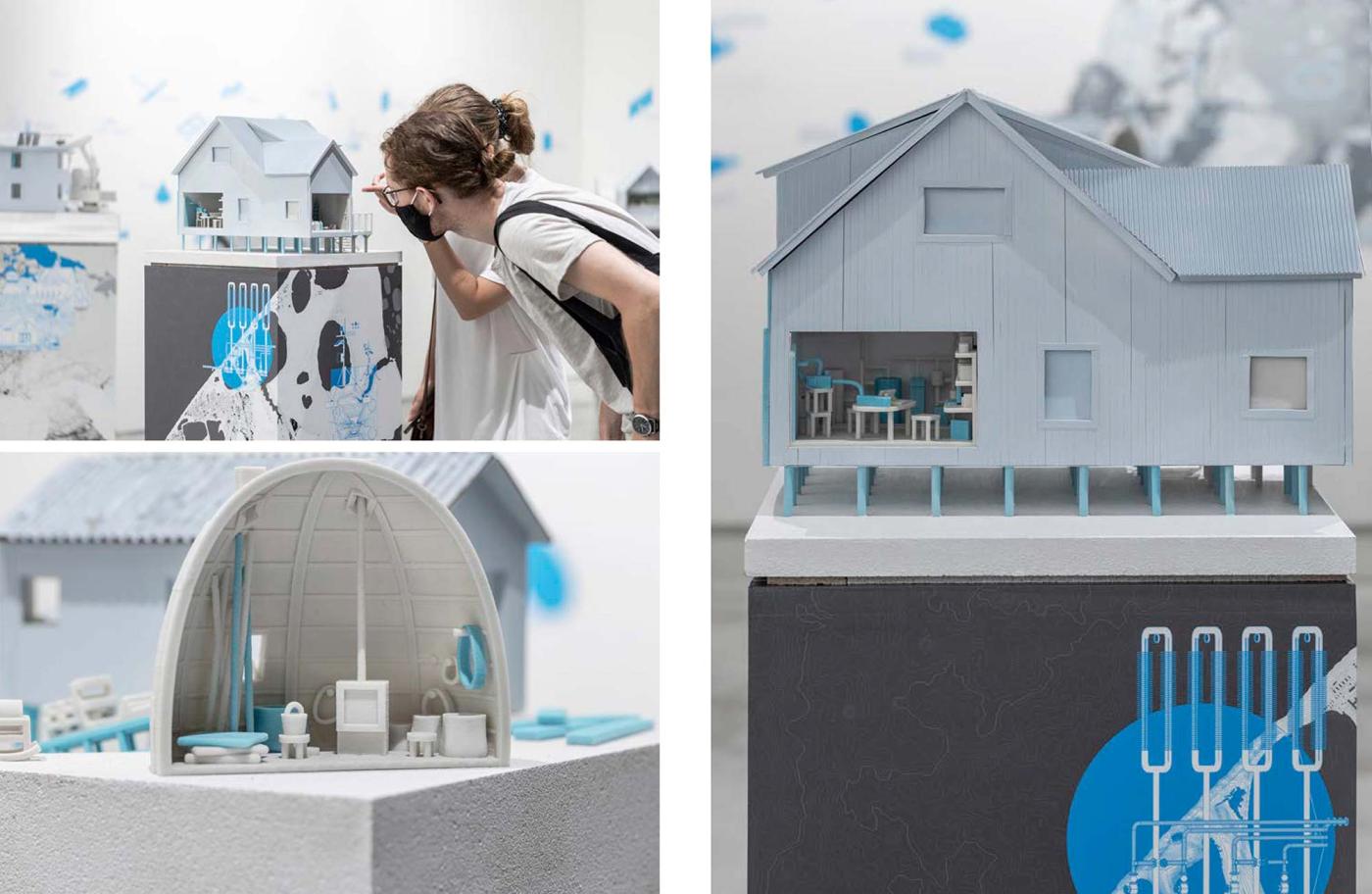
Contributing Participants
Project Leads:
Mason White, Lola Sheppard, Matthew Jull, Leena Cho, Kearon Roy Taylor
Student-Researchers:
Anthony Averbeck, Vincent Chuang, Benjamin DiNapoli, Cam Fullmer, Sihan Lai, Katie LaRose, Jane Lee, Julia Nakanishi, Jonah Pruitt, Ben Small, Andrew Spears, Yuyin Sun, Timothy Victorio, Tian Wang, Zihao Wei.
All student contributors were compensated through research funding.
Funding:
University of Virginia School of Architecture, University of Virginia Jefferson Trust, Anchorage Museum, University of Toronto Daniels Faculty of Architecture, Landscape and Design, University of Waterloo, Social Science and Humanities Research Council of Canada

